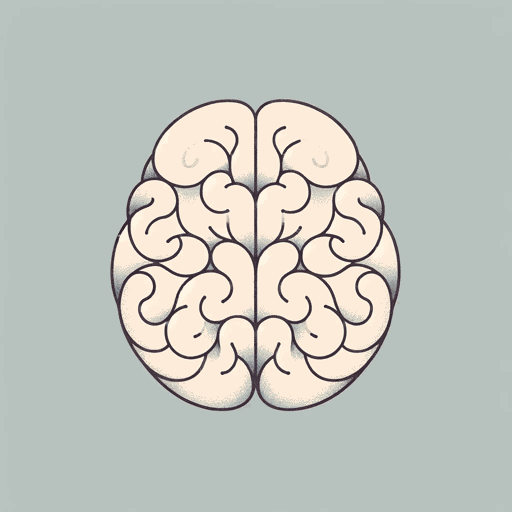60 pages • 2 hours read
Steven PinkerHow The Mind Works
Nonfiction | Book | Adult | Published in 1997A modern alternative to SparkNotes and CliffsNotes, SuperSummary offers high-quality Study Guides with detailed chapter summaries and analysis of major themes, characters, and more.
Themes
The Mind’s Appropriate Flexibility
Throughout Pinker’s discussion of how the mind works, we see that the human mind works on a rule system but is also flexible. The rules about how the smallest homunculi work appear rigid and simple, and yet the human mind can adapt to the current environment, generate new connections, learn new things, and change how the smallest homunculi respond to stimuli. The mind isn’t too flexible or we would entertain too many options with each decision or not have enough consistency to develop foundations from which to learn new things and respond to new environments. Instead, the mind has appropriate flexibility—the right balance of the ability to change and consistency in its operations.
In Chapter 2, we see this idea of appropriate flexibility in the way we can learn a new word for an object we know, and we quickly apply everything we know about the object to the new word. In Chapter 4, we see that the visual system only allows us to process information up to three dimensions, but the mind allows us to categorize an object on an almost infinite number of dimensions. The same mind, developed with the same tools, places an appropriate constraint on vision but not on conceptual information.
Related Titles
By Steven Pinker






